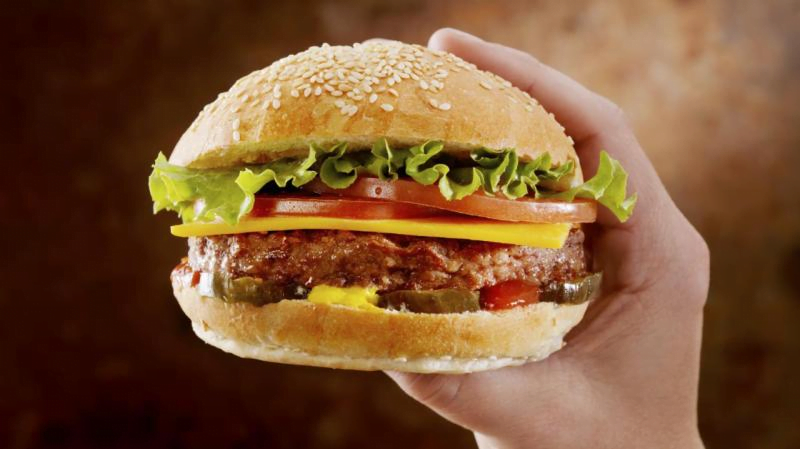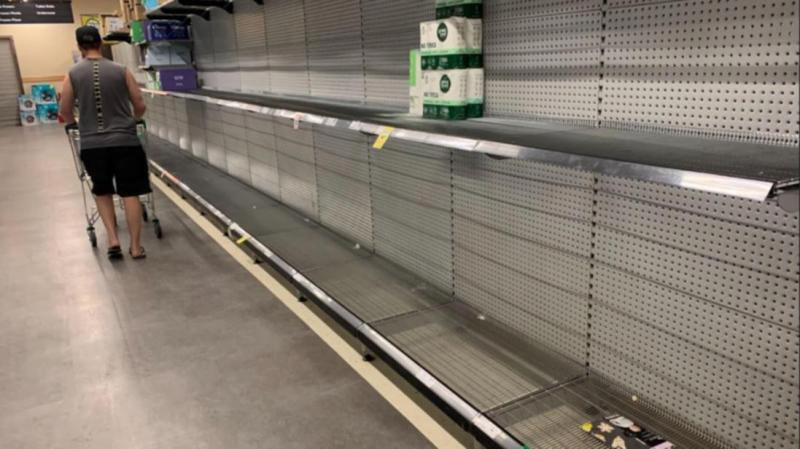The viability of the nation’s biggest manufacturing sector is at-risk from rising supply chain, workforce and cost pressures, with the $134bn food and grocery industry revealing a 17.1 per cent plunge in exports.
Food and grocery manufacturers, which employ almost 273,000 workers, have recorded another year of stagnant capital investment growth despite benefiting from a surge in domestic sales during the pandemic. New industry data obtained by The Australian reveals that the unpredictable global environment is threatening key growth targets for domestic food and grocery companies.
While the food and grocery manufacturing sector registered a 0.9 per cent increase in turnover, it also recorded a major slump in sales to major export markets in Asia and the US.
Australian Food and Grocery Council CEO Tanya Barden said the pandemic, war in Ukraine and supply chain disruptions had “weighed on the growth outlook and stoked inflation”.

“Food and grocery manufacturing plays a vital role keeping our supermarket shelves full …” she said. “These figures predate the unprecedented impacts of this year’s heavy flooding in eastern and central Australia, as well as the war in Ukraine. The pressures manufacturers were facing a year ago have intensified to the point where the viability of many businesses is at risk.”
The AFGC state of industry 2022 report reveals that in 2020-21, stocking up and panic buying helped drive a spike in domestic spending – up 9 per cent to almost $100bn. With imports falling 6.6 per cent to $37.2bn, a major driver in domestic sales was pharmaceutical products turnover, up 50 per cent to $2.21bn.
Despite ongoing trade tensions with Beijing, China remains Australia’s largest export destination for food, beverage and grocery exports totalling $7.3bn. The largest spike in exports was to Vietnam, which was up 13.8 per cent.
Food and grocery manufacturers, which accounts for 32.1 per cent of all Australian manufacturing activity, increased employment by 0.8 per cent with more than 40 per cent of the workforce located in the regions.
Ms Barden said the AFGC 2030 report, a strategy to lift the industry’s value to $250bn and increase employment to 427,000 by the end of the decade, would require significant investment in skills, technologies and infrastructure to deliver on its targets.
Amid the push to drive government investment in manufacturing, the Albanese government has ordered a review of all grants issued under the Morrison government’s $1.3bn modern manufacturing initiative.
Several companies told The Australian that grants issued to them ahead of the budget and election this year have been frozen until the audit is complete. Industry Minister Ed Husic last month said the review was being conducted as a “matter of priority”.
Leading vaccine technology firm Vaxxas, which was awarded an $8.2m grant, said it had not received “any formal correspondence from the incoming government on the status of our potential round two funding”.
“We understand and appreciate that any new government in their first months of office would undertake a process of due diligence and review of funding programs such as the MMI.”
Extracted from The Australian


